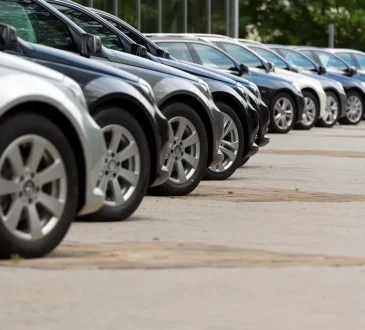
Land Rover remains at the cutting edge of innovation in the rapidly changing automotive sector. Auto Body repair techniques and processes are evolving along with technology. With an emphasis on efficiency and sustainability, this essay examines the new developments in technology and trends that will influence Land Rover autobody restoration in the future.
Advanced Materials’ Function
When it comes to using cutting-edge materials like composite and aluminium to lighten and improve vehicle performance, Land Rover has led the way. For auto body repair, these materials provide both special potential and challenges.
- Aluminium Repair: To achieve the best outcomes, welding procedures and repair methods must change as aluminium is more widely used. Innovations in filler materials and welding technology are essential.
- Composite Repair: Specialised knowledge and supplies are needed to repair composite parts. The industry is investigating novel approaches to repair that are not just efficient but also sustainable.
- Material Recycling: The necessity for effective recycling procedures grows along with the use of sophisticated materials. Shops that repair automobiles will be essential to the recovery and recycling of these materials.
Autonomous Vehicles’ Effects
The emergence of driverless cars will have a big impact on auto body work. Accidents might happen less frequently, but their characteristics might shift.
- Sensor Repair: For safety and navigation, autonomous cars mostly rely on sensors. To effectively replace and calibrate these sensors, Land Rover autobody shop specialists will require specialised training.
- Modifications to Vehicle Design: Autonomous vehicles may have different designs than conventional vehicles, necessitating the use of new tools and repair methods.
- Advanced Safety Features: Functions like lane-keeping assistance and automated emergency braking will affect maintenance procedures and call for particular diagnostic equipment.
The Function of Technology
It is feasible to use virtual reality (VR) and augmented reality (AR) in diagnostics, planning, and training.
- Robotics: When it comes to repeated jobs, automated repair procedures can increase accuracy and efficiency.
- Data analytics: Trends may be found, repair procedures can be enhanced, and resource allocation can be optimised with the aid of analysis of repair data.
- Digital Tools: To estimate, purchase components, and handle client relations, repair shops are depending more and more on digital tools.




